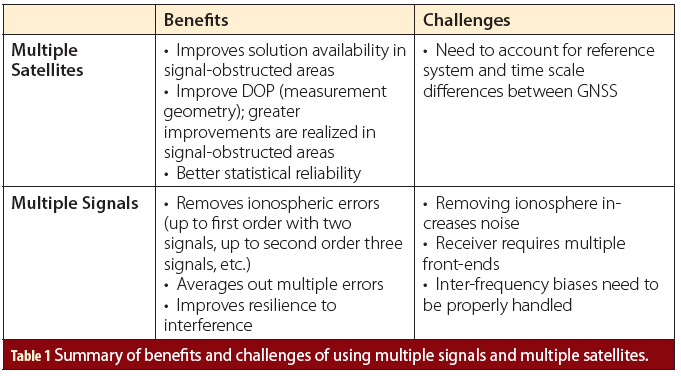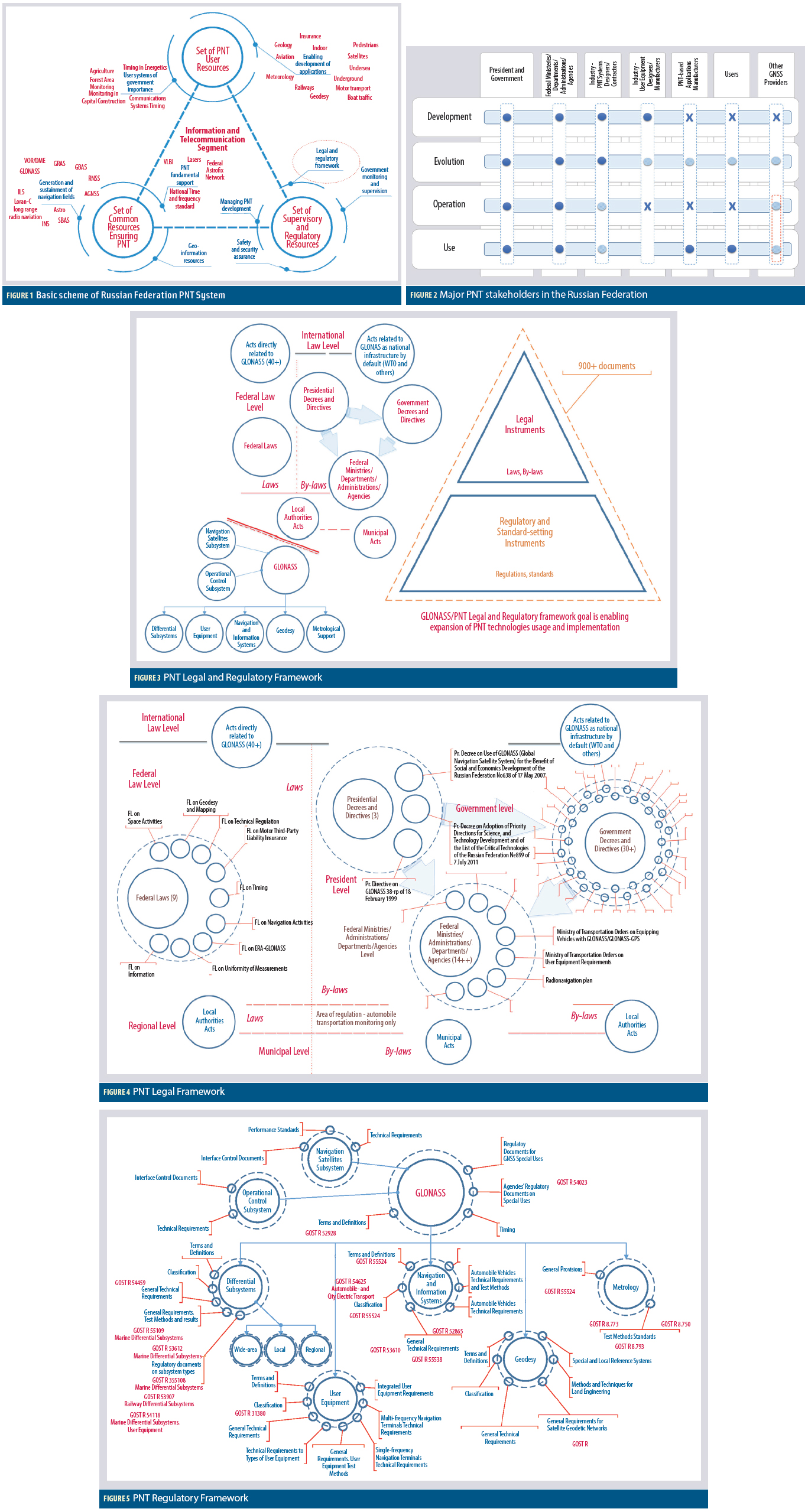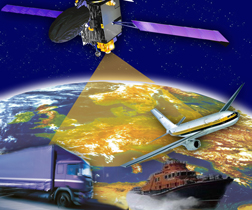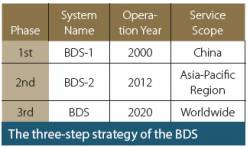OCX Passes Deep Dive Review; GAO Says Program Risk Remains High
The new GPS ground system has passed its most recent in-depth review and completed a schedule and budget re-baselining though a new government watchdog report says the program remains at "high risk of cost overruns, schedule delays and performance shortfalls."
By Inside GNSS














